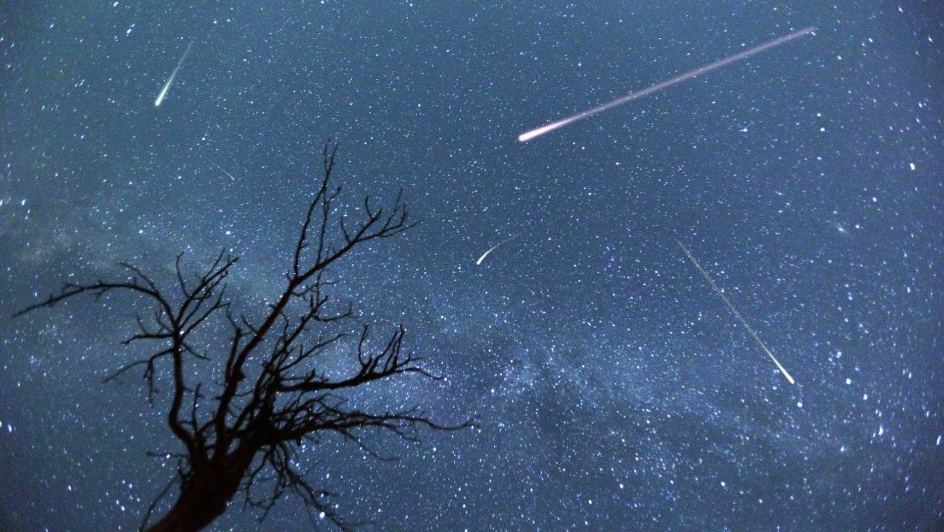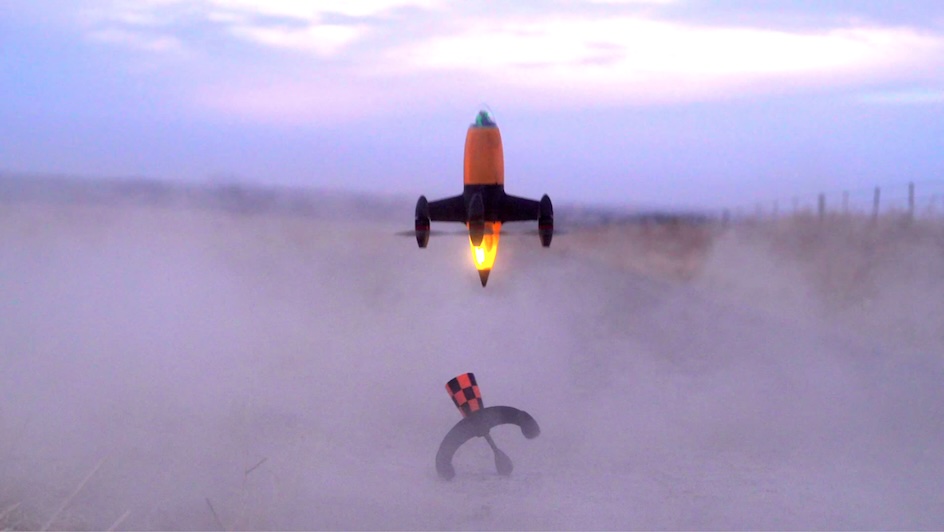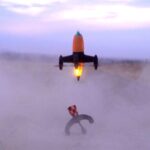How to Watch the Orionid Meteor Shower This October

October brings the return of the Orionid meteor shower, one of the highlights of the astronomical calendar.
Originating from Halley’s Comet – which last visited Earth in 1986 – the Orionids offer a dazzling display of “shooting stars” as dust and debris from the comet burns up in the Earth’s atmosphere.
This year, the shower commences from 26 September and ends on 22 November, peaking between 20 and 21 October. At its peak, stargazers can expect to see around 20 meteors per hour, though in some years, the rate can surge to as many as 50-75 meteors per hour.
The best viewing conditions will be in areas far from urban light pollution, though a waning gibbous moon may make spotting meteors more challenging. To improve your chances, head out early in the evening as the skies turn darker.
You won’t need telescopes or binoculars – the Orionids are best enjoyed with the naked eye.
Although the meteors appear to originate from the Orion constellation, they can be seen across the sky. So wrap up warmly, find a comfortable spot, and prepare for one of nature’s most awe-inspiring light shows.
Image Credit: Source





















